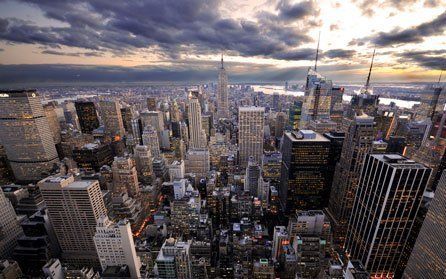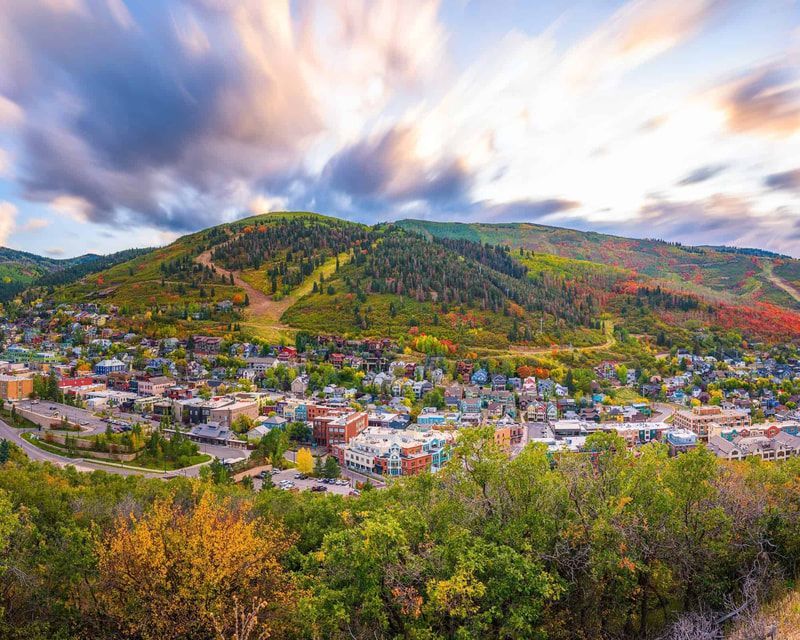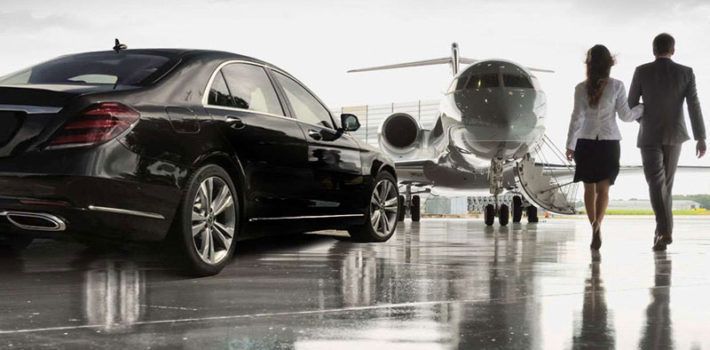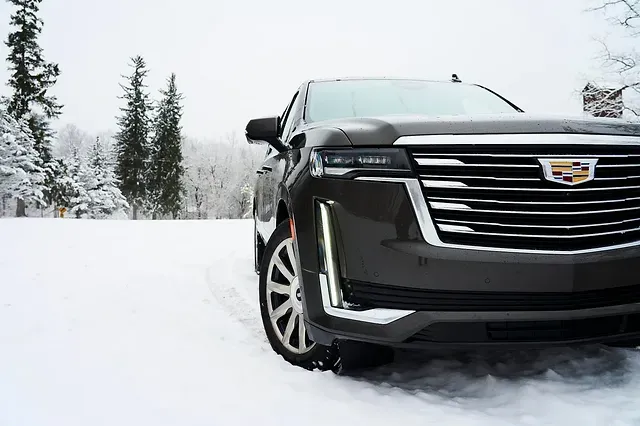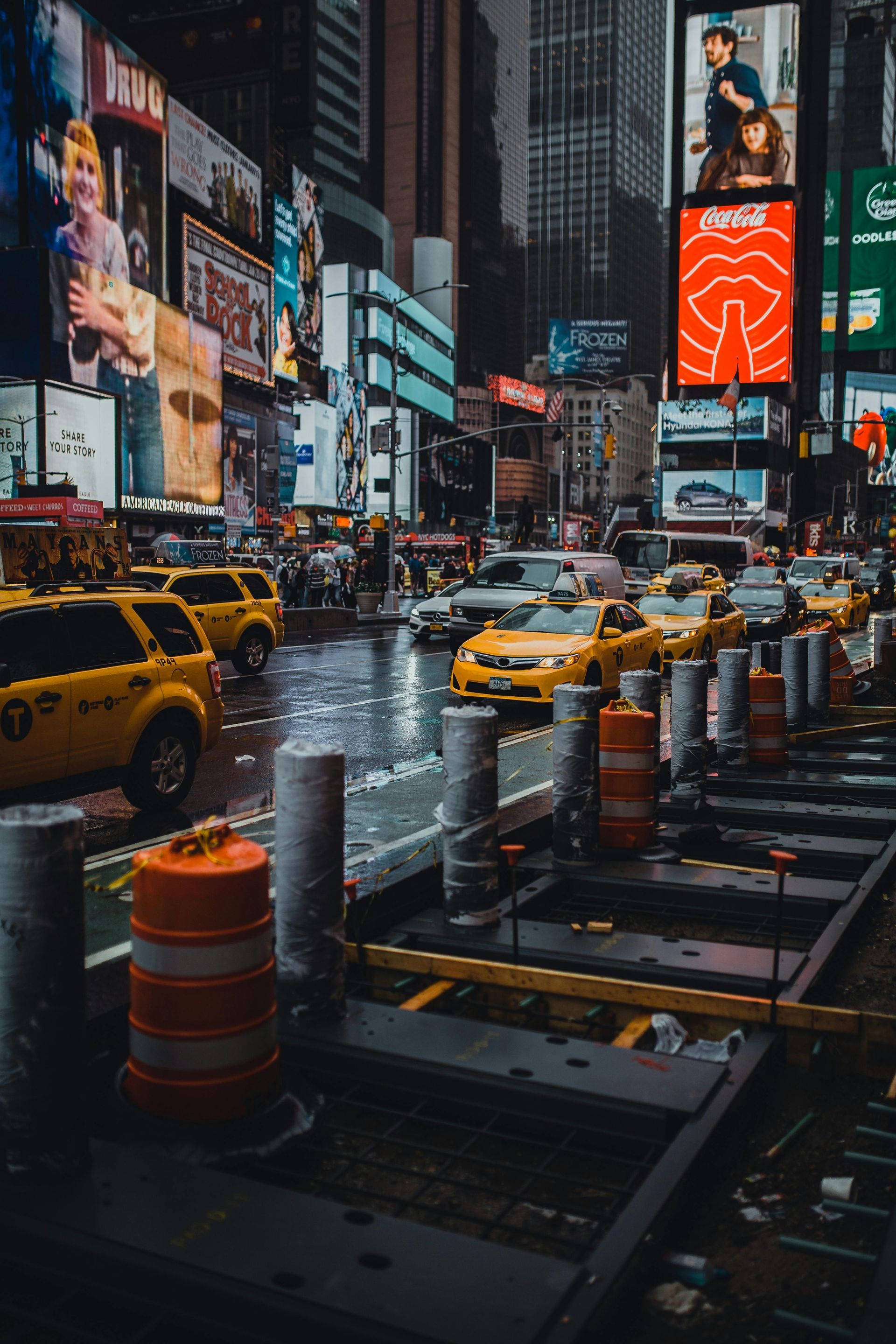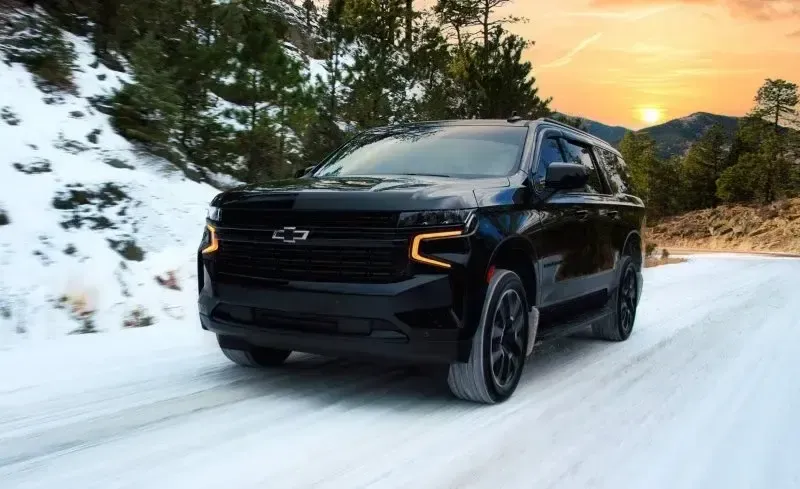The Ultimate Guide to Exploring Park City, Utah
The Ultimate Guide to Exploring Park City, Utah
"The Ultimate Guide to Exploring Park City, Utah" is a comprehensive blog post that serves as a go-to resource for anyone looking to have an unforgettable experience in the beautiful city of Park City. From outdoor adventures to cultural experiences and everything in between, this guide covers it all. Readers will find detailed information on the best hiking trails, skiing and snowboarding spots, mountain biking routes, and water activities. It also provides insights into the local art scene, the vibrant food and drink scene, and the must-visit attractions and events. With practical advice on transportation, accommodation options, and insider tips, this blog post is a one-stop-shop for planning an incredible trip to Park City, Utah.
Outline:
- Introduction
Park City, Utah is a hidden gem nestled in the heart of the Wasatch Mountains. Known for its world-class ski resorts, stunning natural beauty, and vibrant arts scene, Park City offers something for everyone. Whether you're an outdoor enthusiast seeking adrenaline-pumping adventures or a culture lover looking to explore the local art and food scene, Park City has it all. In this ultimate guide, we will take you through the best attractions, activities, and insider tips to help you make the most out of your trip to Park City.
- Getting to Park City
Getting to Park City is convenient with multiple transportation options. If you're flying in, the nearest international airport is Salt Lake City International Airport, located just 35 miles away. From the airport, you can easily rent a car or take a shuttle service to Park City. If you prefer driving, Park City is easily accessible via major highways. Additionally, there are public transportation options available, including buses and shuttles, making it easy to navigate the city without a car.
- Where to Stay
Park City offers a wide range of accommodation options to suit every traveler's needs. From luxurious hotels and resorts to cozy vacation rentals, you'll find something that fits your preferences and budget. If you're looking for a luxury experience, Park City is home to several world-class resorts that offer top-notch amenities and services. For a more personalized stay, vacation rentals are a popular choice, providing you with a home away from home. Whatever you choose, staying in Park City will ensure that you're just steps away from all the action.
- Top Attractions in Park City
Park City is home to some of the most iconic attractions in Utah. Park City Mountain Resort, known for its exceptional skiing and snowboarding opportunities, offers a thrilling experience for winter sports enthusiasts. Deer Valley Resort, famous for its impeccable service and groomed slopes, is a must-visit for those seeking a luxury ski experience. Utah Olympic Park, built for the 2002 Winter Olympics, offers a range of activities, including bobsledding, ziplining, and a fascinating Olympic museum. Main Street, with its historic charm and eclectic mix of shops and restaurants, is a vibrant hub for locals and visitors alike. Lastly, don't miss the chance to explore the city's rich history by visiting the various historical sites scattered throughout Park City.
- Outdoor Activities
If you're an outdoor enthusiast, Park City is paradise. With its stunning mountainous landscape, there's no shortage of activities to keep you entertained. During the winter months, skiing and snowboarding take the spotlight, with world-class resorts offering a variety of slopes for all skill levels. In the summer, the mountains transform into a hiking and biking haven, with trails catering to all levels of experience. Golf enthusiasts can tee off at one of the many picturesque golf courses, while fly fishing enthusiasts can cast their lines in the pristine rivers and streams. Whatever your passion, Park City's natural beauty will leave you in awe.
- Shopping and Dining
When it comes to shopping and dining, Park City has it all. Main Street is a shopper's delight, lined with charming boutiques offering unique clothing, jewelry, and artwork. You'll also find a vibrant art scene, with numerous galleries showcasing local and international talent. After a day of shopping, treat yourself to a culinary adventure at one of the city's many restaurants and cafes. From cozy mountain lodges serving comfort food to upscale establishments offering gourmet cuisine, Park City's dining scene is sure to satisfy even the most discerning palate. Don't forget to explore the local breweries and bars, where you can unwind with a locally crafted beer or cocktail.
- Events and Festivals
Park City is known for its lively events and festivals that attract visitors from near and far. The Sundance Film Festival, held annually in January, showcases the best of independent cinema and draws celebrities and film enthusiasts from around the world. The Park City Food and Wine Classic, held in July, is a culinary extravaganza featuring gourmet tastings, wine seminars, and cooking demonstrations. Savor the Summit, a unique dining event in June, brings together local restaurants to create an extraordinary outdoor dining experience on Main Street. Lastly, the Park City Kimball Arts Festival, held in August, showcases artwork from over 200 artists and offers live music, food vendors, and hands-on activities for all ages.
- Nearby Day Trips
Park City's central location makes it the perfect base for exploring nearby attractions. Take a day trip to Salt Lake City, Utah's capital, and discover its rich history, visit the famous Temple Square, or catch a sporting event. Heber Valley, located just a short drive away, offers scenic beauty and outdoor activities such as horseback riding and fly fishing. Uinta National Forest, a wilderness oasis, is a haven for nature lovers, offering hiking, camping, and wildlife viewing opportunities. Lastly, don't miss the chance to visit the otherworldly Bonneville Salt Flats, where you can witness the breathtaking vastness of the salt pans.
- Tips for Visiting Park City
To make the most out of your visit to Park City, consider these helpful tips. The best time to visit depends on your preferred activities, with winter being ideal for skiing and snowboarding, and summer offering a plethora of outdoor adventures. Be prepared for varying weather conditions and pack accordingly, including layers and appropriate footwear. Getting around Park City is easy, with a free bus system that covers major areas. However, if you plan on exploring nearby attractions, renting a car is recommended. Make reservations for popular activities and restaurants in advance, especially during peak seasons. Lastly, familiarize yourself with local customs and etiquette to ensure a respectful and enjoyable visit.
- Conclusion
Park City, Utah is a destination that truly has it all. From adrenaline-pumping outdoor adventures to enriching cultural experiences, this charming mountain town offers something for everyone. Whether you're a thrill-seeker, a foodie, an art lover, or simply seeking a relaxing getaway, Park City will exceed your expectations. Use this ultimate guide as your go-to resource to plan an unforgettable trip to Park City, and get ready to create memories that will last a lifetime.



